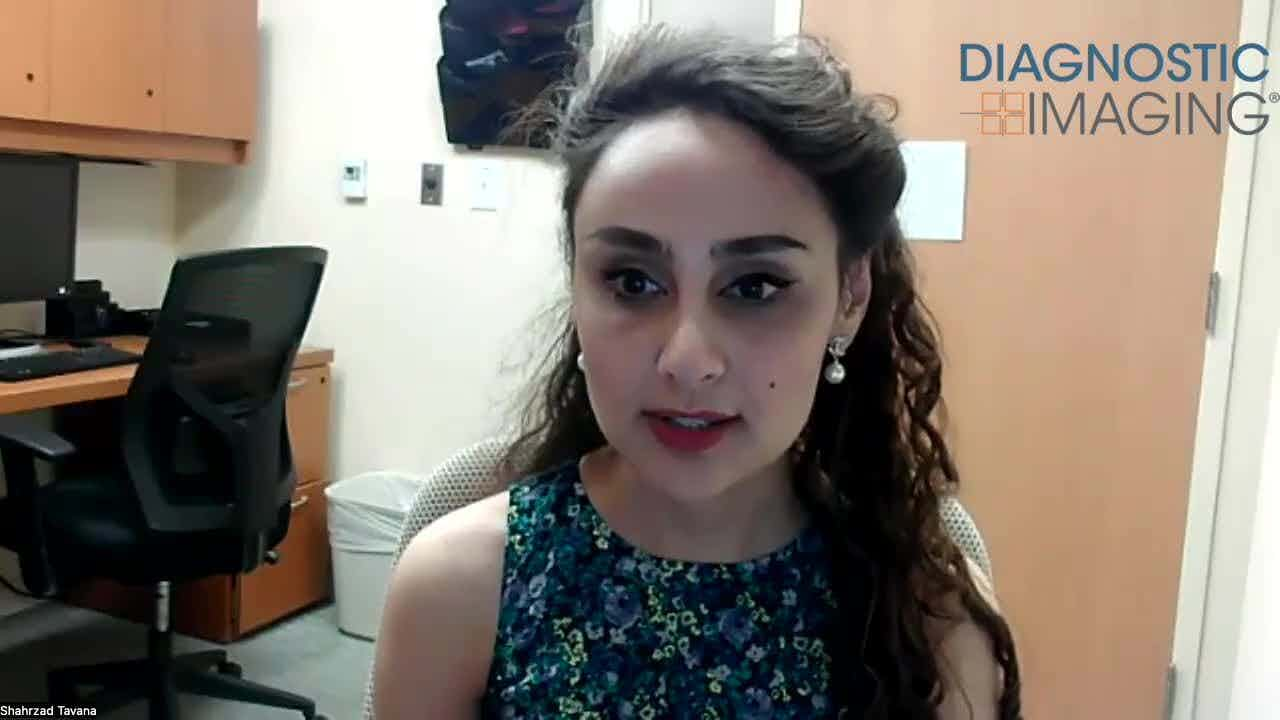Patients breathe easy with bile duct imaging technique
Free-breathing 3D MR sequences using the prospective acquisition correction with navigator echoes (PACE) technique can successfully image patients with biliary and/or pancreatic diseases, according to researchers at St. Louis University Hospital.
Free-breathing 3D MR sequences using the prospective acquisition correction with navigator echoes (PACE) technique can successfully image patients with biliary and/or pancreatic diseases, according to researchers at St. Louis University Hospital.
"For patients unable to maintain breath-hold, we found this free-breathing sequence to be particularly useful," said lead author Dr. Eric de Kerviler, a professor of radiology at the university.
In a study presented at the 2004 RSNA meeting, de Kerviler and colleagues compared traditional breath-hold MR and CT cholangiography techniques - the half-Fourier acquired single-shot turbo spin-echo (HASTE) and rapid acquisition with relaxation enhancement (RARE) sequences - with 3D turbo spin-echo MR sequences using the PACE technique.
The researchers used a 1.5T system with a 12-channel phased-array coil to perform MR cholangiopancreatography imaging on 30 patients. In addition to the heavily T2-weighted 3D free-breathing sequence, they imaged the same patients with both a single thick-slice breath-hold RARE sequence and a multislice breath-hold HASTE sequence for comparison.
The 3D sequence illustrated distal bile ducts and pancreatic ducts better than the two breath-hold sequences, according to study results. The free-breathing technique efficiently visualized narrowed ducts, which can often be seen in sclerosing cholangitis.
Some trade-offs persist with the 3D technique. It results in a longer exam than 2D techniques, as a repeated sequence in the orthogonal plane is needed for coverage of the entire biliary tree and main pancreatic duct, de Kerviler said.
And while the high-resolution T2-weighted 3D sequence is well suited for bile duct analysis, it can fail to demonstrate anatomic landmarks and extrinsic compression, according to study coauthor Dr. Cedric de Bazelaire, a clinical fellow at St. Louis University. For these surrounding elements, the authors recommend performing 2D sequences such as HASTE.
The 3D technique can also be susceptible to motion artifacts caused by irregular breathing and coughing. The problem is now partly resolved by revisions made to the original sequence, de Kerviler said.
While the initial sequence had the navigation echoes triggered only at the acquisition start point, current sequences now check if the patient's inspiration duration is longer than the allowed acquisition window. Data not suitable for image reconstruction are then rejected and reacquired at the end of the sequences with a minimal increase in exam duration, he said.
"In our protocol, the 3D free-breathing sequence has definitely replaced the breath-hold RARE sequence," he said.
For more information from the online Diagnostic Imaging archives:
Studies validating MRCP catch up with clinical reality
Virtual endoscopy explores bile and pancreatic ducts
MRCP challenges ERCP in pancreatobiliary ducts
Can Abbreviated MRI Have an Impact in Rectal Cancer Staging?
April 4th 2025Abbreviated MRI demonstrated a 95.3 percent specificity for rectal cancer and provided strong agreement with the full MRI protocol for T staging and detection of extramural venous invasion, according to newly published research.
Can Photon-Counting CT be an Alternative to MRI for Assessing Liver Fat Fraction?
March 21st 2025Photon-counting CT fat fraction evaluation offered a maximum sensitivity of 81 percent for detecting steatosis and had a 91 percent ICC agreement with MRI proton density fat fraction assessment, according to new prospective research.










